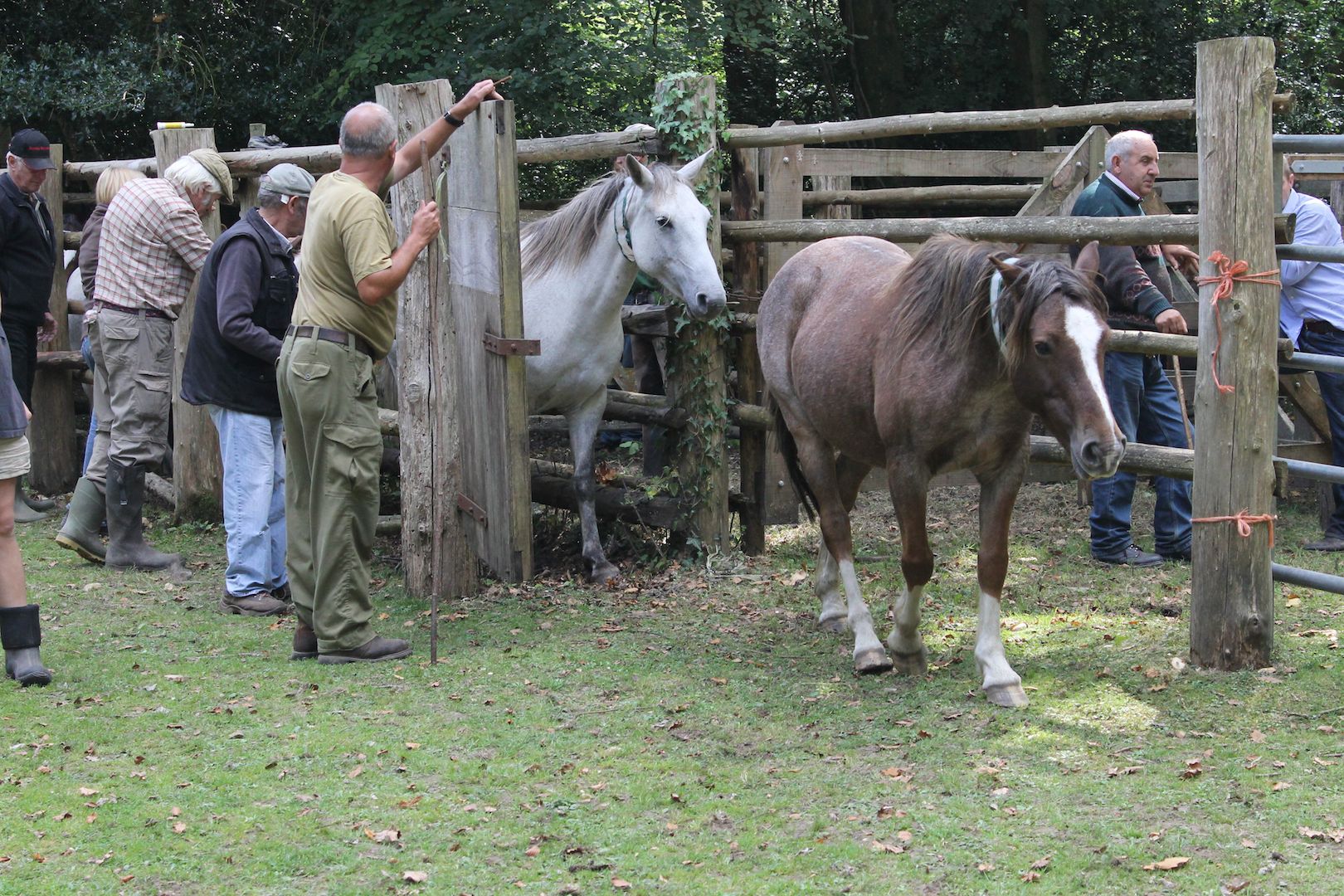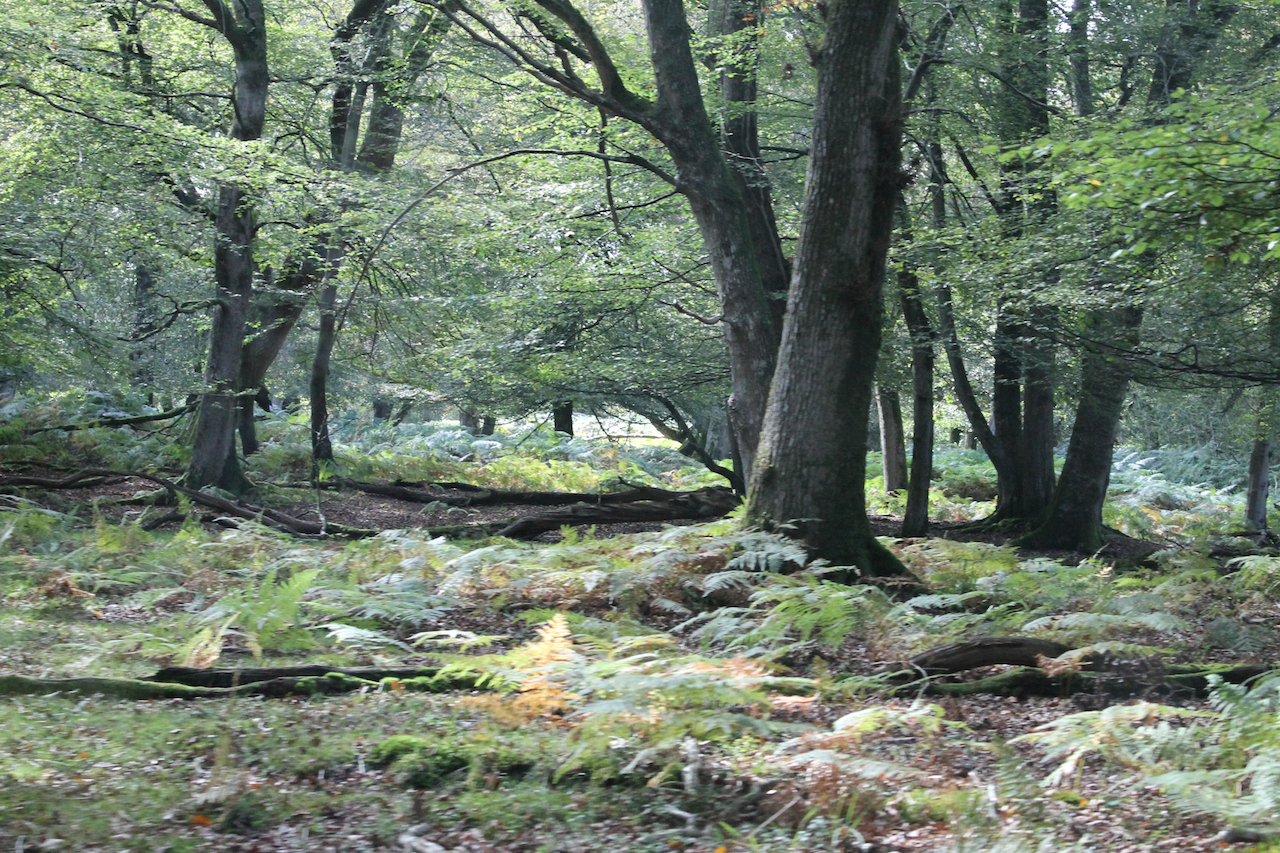
The practice of commoning, which has existed uninterrupted for over a thousand years, is still the dominant influence over the Forest’s ecology, economy and community.
Becoming a practising commoner has opened my eyes to a new ways of experiencing the countryside and a traditional pastoral economy. Learning about the interdependence of the free-roaming animals, the commoning system and the flora and fauna of the New Forest has meant that my journey of discovery is endlessly fascinating and completely absorbing. Keeping and managing ‘wild’ ponies requires a much higher dependence on Mother Nature than any form of animal husbandry I have ever known. Any intervention on my part, in the care and maintenance of my ponies, is entirely supplemental. They will never wear rugs, be kept in a stable, or wear horseshoes. Their physiological adaptations to the environment, after generations of living in the wild; their knowledge of where to find food, water and shelter, which was passed on to them from their mothers and their mothers before them; and, their incredible versatility and intelligence means that they can survive happily roaming free on the New Forest.
Following ‘wild’ horses
My role, as their owner, is limited to checking regularly on their well being and working with the Agisters and other commoners to ensure the welfare of all the free-roaming Forest ponies and other commoning stock. The relationship I have with my mares does not involve riding them or even petting them because it is mostly conducted from a distance and generally on their terms. However, the enjoyment I get from them is learning about the character and habits of ‘wild’ horses, such as trying to identify the herd heirarchy, their favourite haunts, or just following their progress and simply being in their presence. Going out to find them in the ‘wilderness’ of the Forest is always an adventure and an opportunity to learn more about this fascinating landscape.
Commoning activities and international importance
The system of commoning, which involves turning out ponies, cattle, donkeys and pigs to roam freely, is a historic practice and one that plays a vital role in keeping the open habitats free of scrub and controlling the more competitive species, such as bracken and purple moor-grass. It is commoning that maintains the richness and variety of heathland and wood pasture habitats. Other commoning activities, such as heath burning and bracken harvesting, ensures the diversity of plant and animal species on the New Forest. The complex mosaic of habitats that comprise the New Forest SSSI includes the richest moss and lichen flora in lowland Europe, unusual fungi, scarce flowering plants and an abundance of invertebrates that are dependant upon the ancient trees and woodland. The New Forest boasts what is believed to be the highest concentration of ancient trees in western Europe. It is also home to many species of mammals and rare birds, including the Dartford warbler, woodcock and nightjar. This diversity of habitat, created by the commoning system, has made the New Forest internationally important for many species of plants, animals and people.



You must be logged in to post a comment.